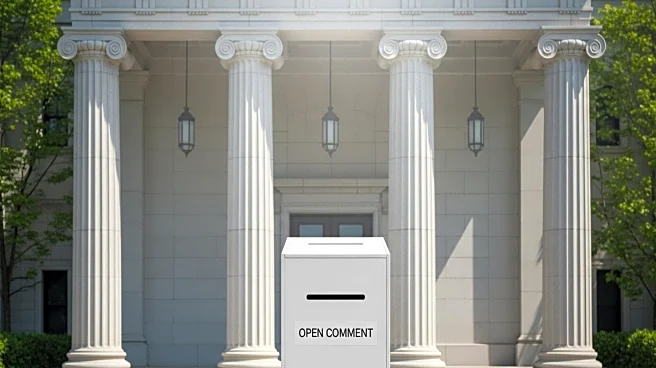What is the story about?
What's Happening?
The U.S. Department of Agriculture (USDA), led by Secretary Brooke L. Rollins, has announced the opening of a public comment period as part of the rulemaking process to rescind the 2001 Roadless Rule. This rule has historically restricted road construction in certain national forest areas, impacting wildfire suppression and forest management. The USDA Forest Service plans to develop an environmental impact statement to assess the effects of rescinding the rule, which would apply to nearly 45 million acres of roadless areas within the National Forest System. The proposal aligns with President Trump's executive orders aimed at deregulation and enhancing resource management in Alaska. Public comments are invited until September 19, 2025, to guide the development of the environmental impact statement.
Why It's Important?
The rescission of the Roadless Rule is significant as it aims to restore local decision-making authority to federal land managers, potentially improving forest management and wildfire suppression efforts. This move could lead to healthier and more resilient forests, benefiting rural communities economically by removing regulatory barriers. The proposal reflects broader policy shifts under President Trump's administration, emphasizing deregulation to foster economic growth and resource utilization. Stakeholders, including environmental groups and local communities, may have differing views on the impact of increased road construction on forest ecosystems and biodiversity.
What's Next?
The USDA will consider public comments in developing the draft environmental impact statement, with further opportunities for public input as the rulemaking process progresses. The rescission could face opposition from environmental advocates concerned about potential ecological impacts. The USDA's approach will likely influence future forest management policies and practices, with implications for wildfire prevention and rural economic development. The outcome of this process may set precedents for how federal lands are managed under deregulation-focused policies.
AI Generated Content
Do you find this article useful?














